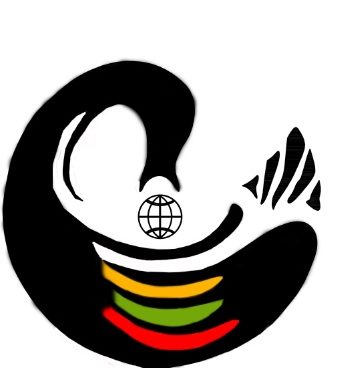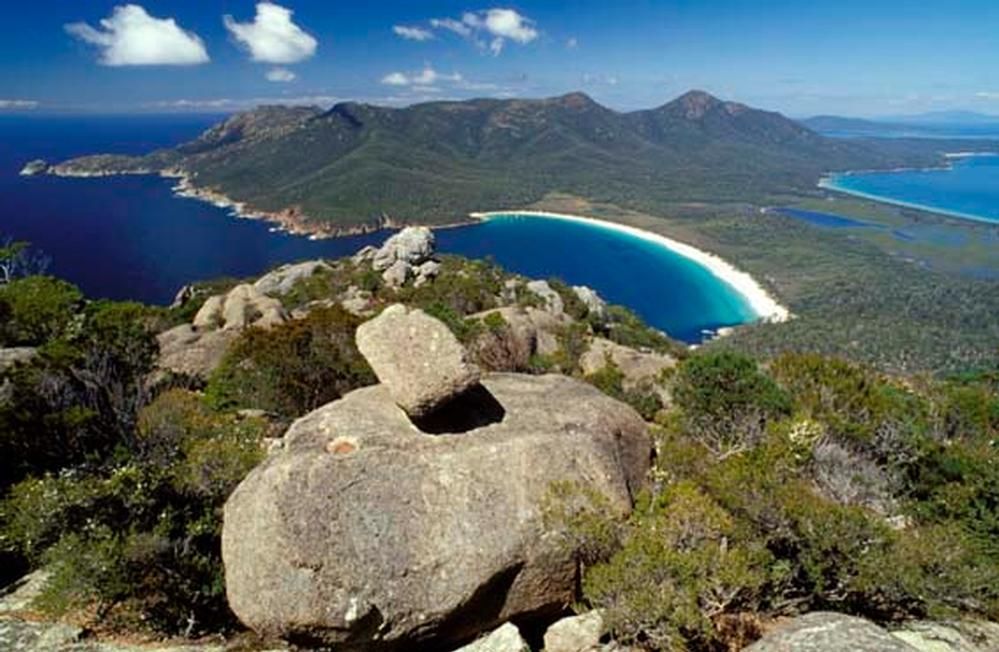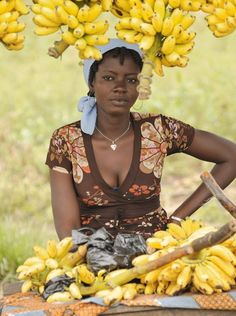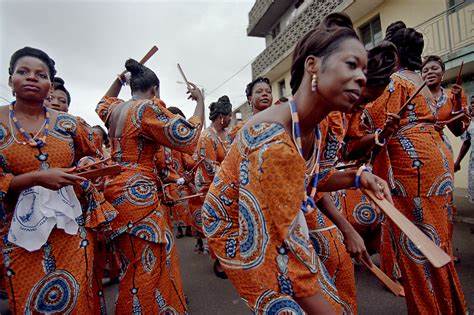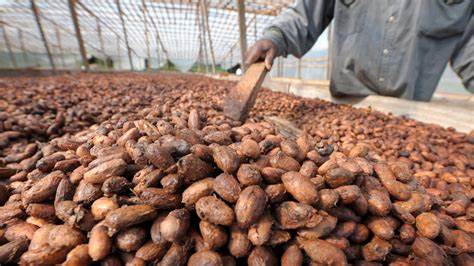Ivory Coast or Côte d’Ivoire is located in Africa bounded to the north by Mali and Burkina Faso, to the east by Ghana, to the south by the Gulf of Guinea, to the southwest by Liberia, and to the northwest by Guinea. There are more than 60 ethnic groups in Côte d’Ivoire. All African languages represented in Côte d’Ivoire belong to one of three subgroups of the Niger-Congo family: Kwa in the south, Mande in the northwest, and Gur in the northeast. A trade language, known as Dyula-Taboussi and akin to the Mande Bambara, is spoken throughout the country by Muslim traders, and français de Moussa is a pidgin French widely spoken in Abidjan. The official language is French. Islam is followed by about two-fifths of the population, found primarily in the northwest and in Abidjan. About two-fifths of the population is Christian, mostly Roman Catholic or Evangelical. Also present in the country are followers of the Harrist faith, a syncretic religion indigenous to Côte d’Ivoire. During the latter half of the 20th century, Côte d’Ivoire had one of the highest population growth rates in sub-Saharan Africa and in the world. Its high rate of natural increase together with the huge influx of immigrants from the impoverished countries to the north, which its comparatively strong economy attracted, were the main reasons for its rapid growth. Mineral resources exploited in Côte d’Ivoire include diamonds and gold. Deposits of iron ore, bauxite, and manganese also exist but have not been extensively developed, although iron ore is mined near Mount Nimba. Mineral resources exploited in Côte d’Ivoire include diamonds and gold. Deposits of iron ore, bauxite, and manganese also exist but have not been extensively developed, although iron ore is mined near Mount Nimba.
Things to Do:
Visit the economic capital Abidjan
Visit the Mosques of Kong
Relax at the beaches of Bassam
